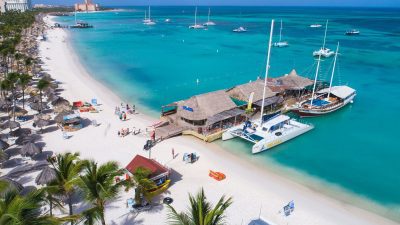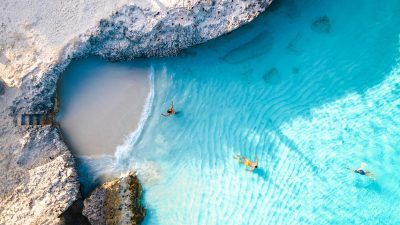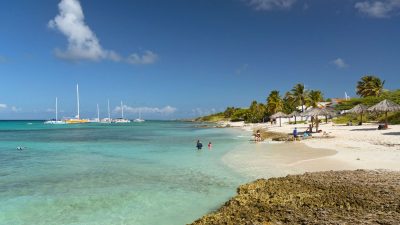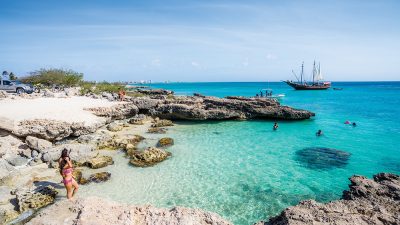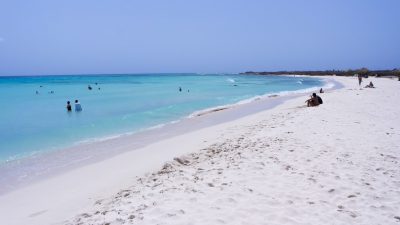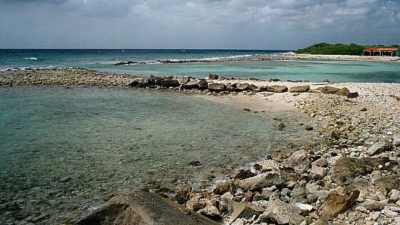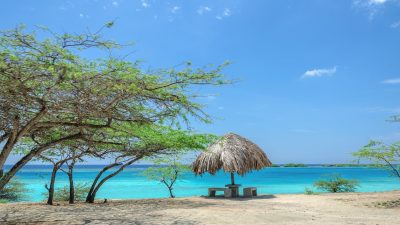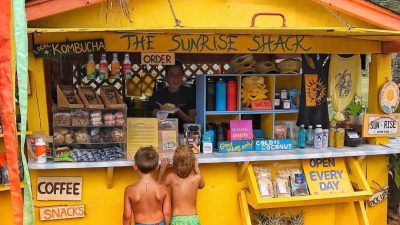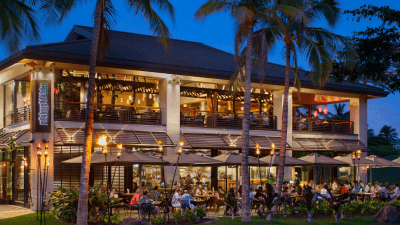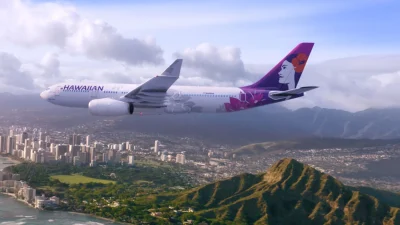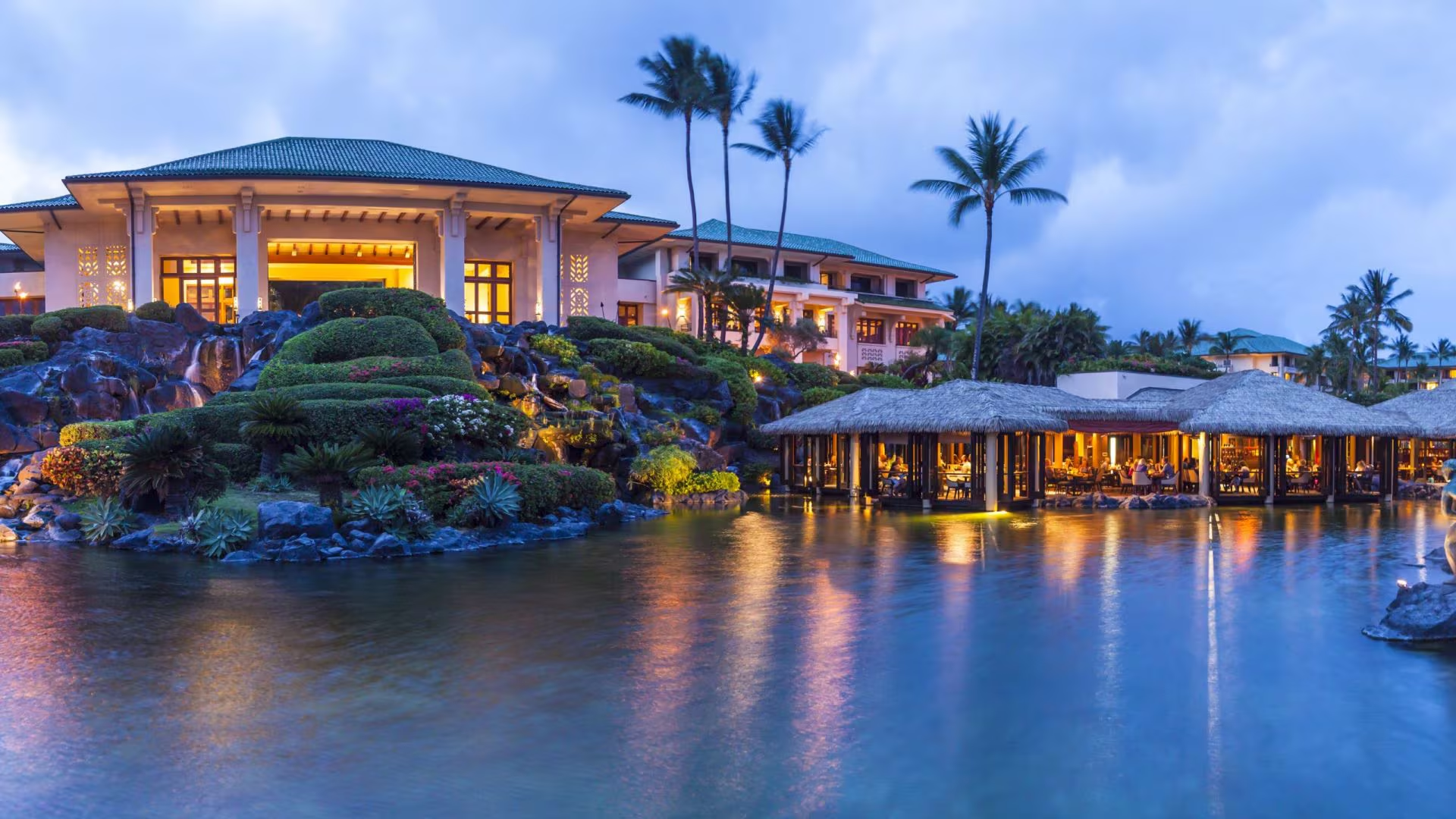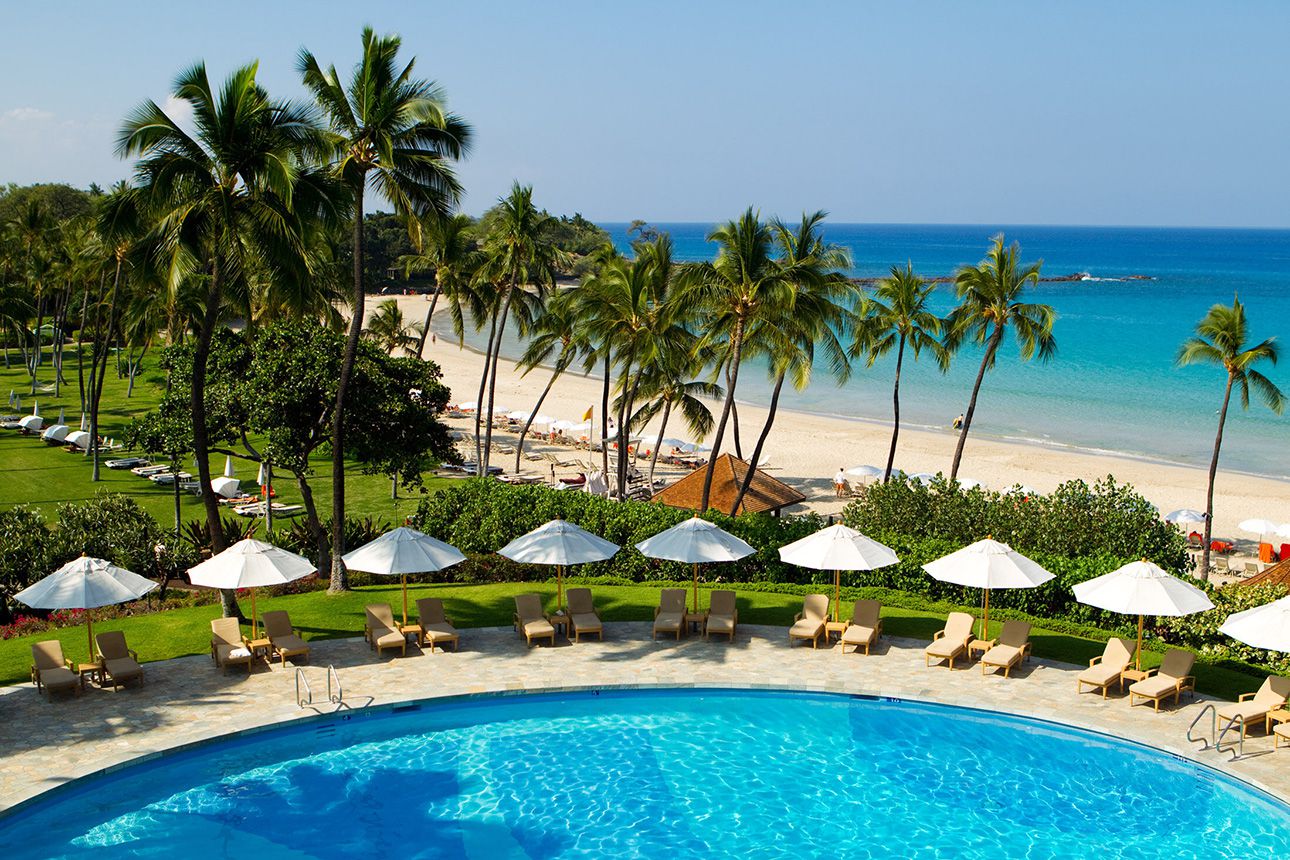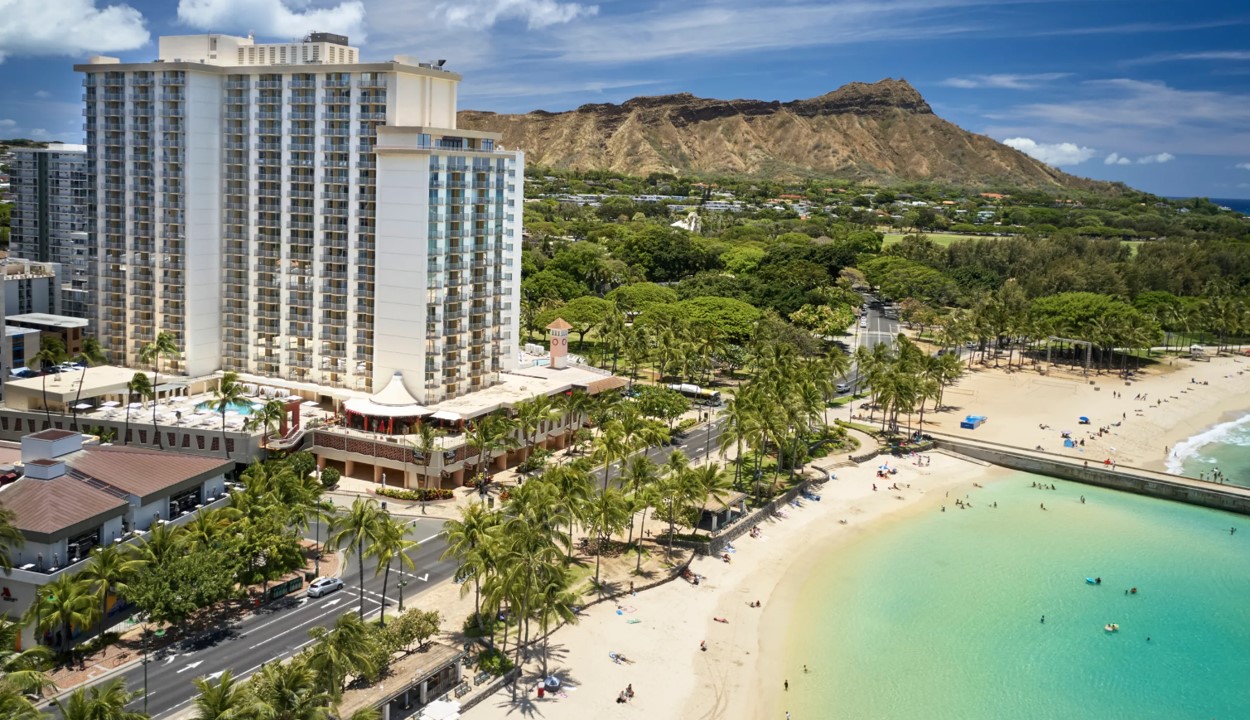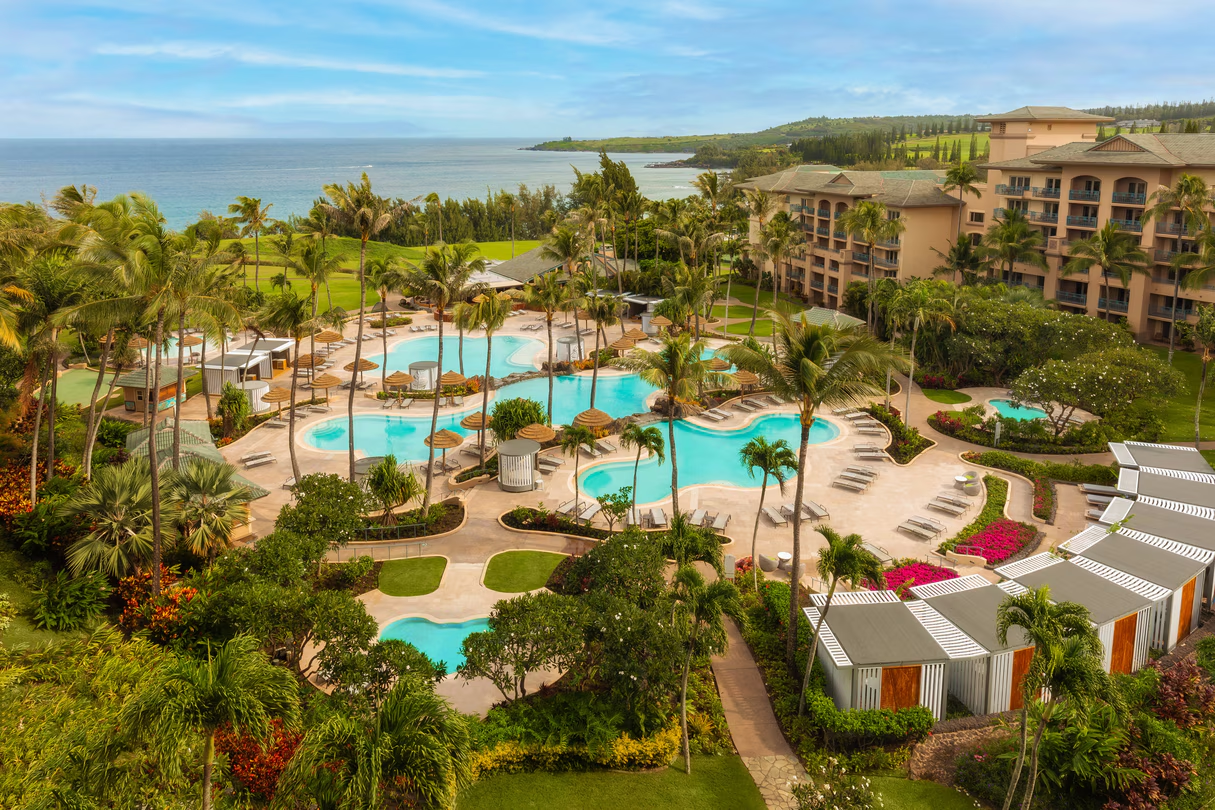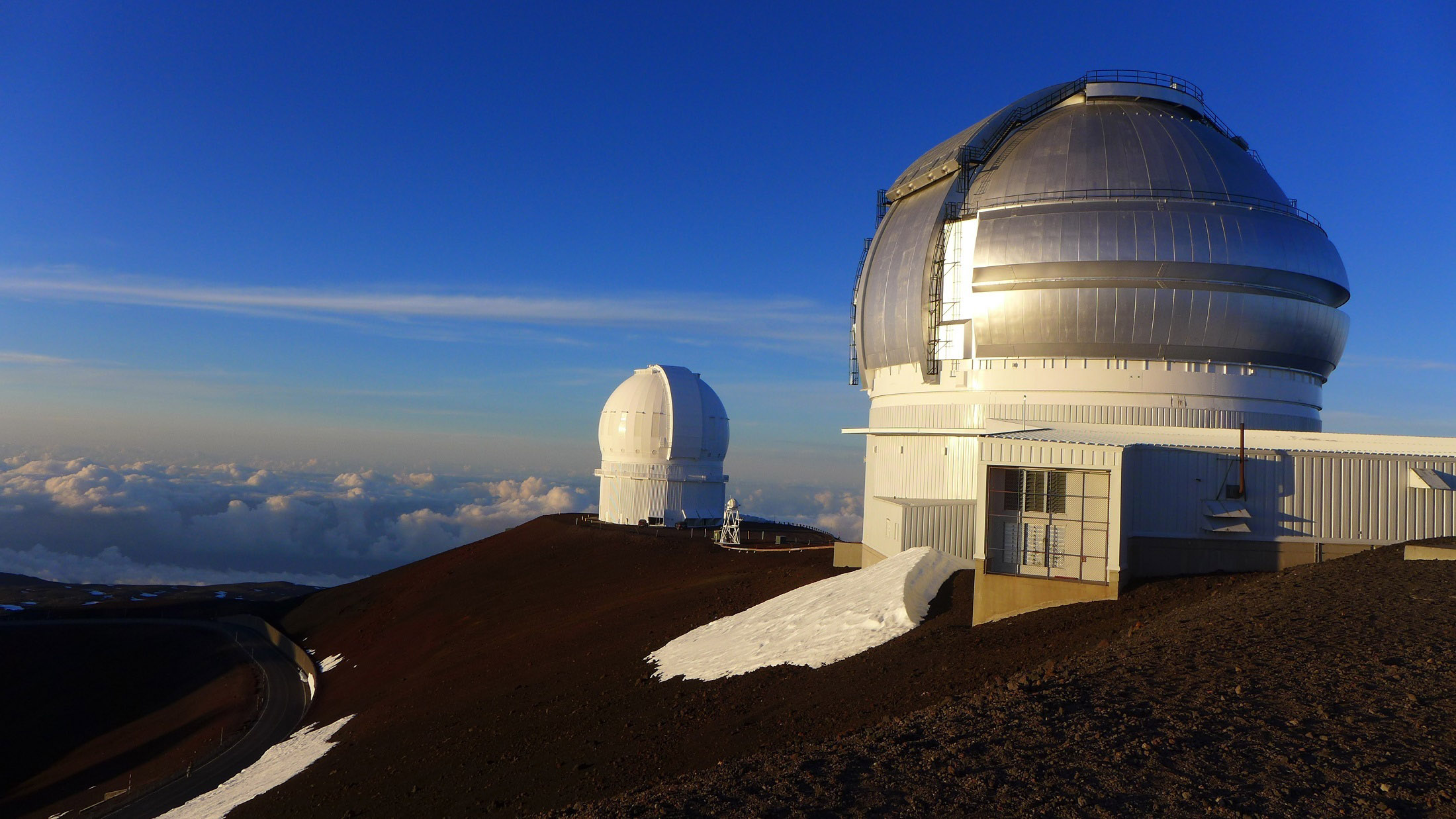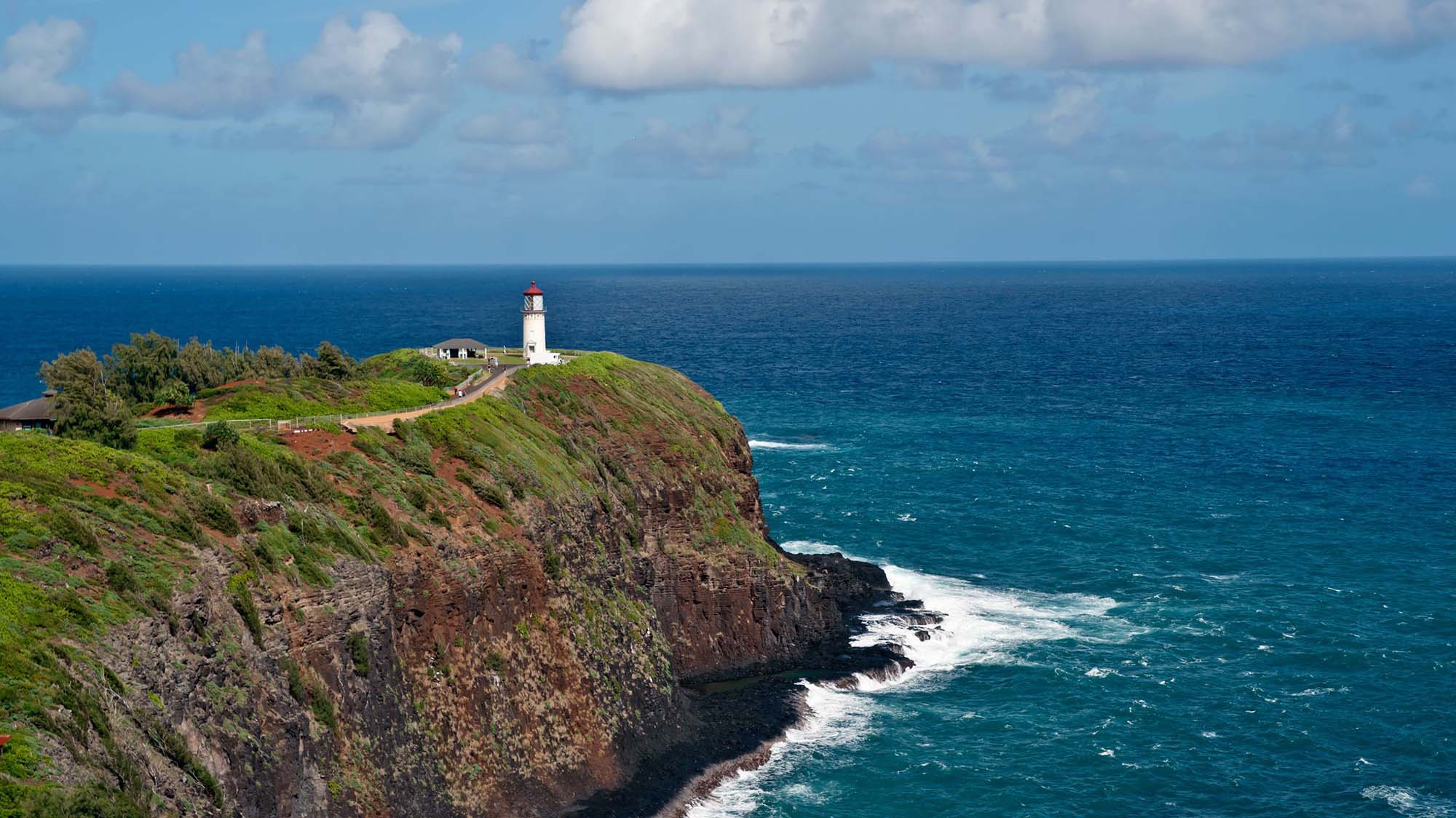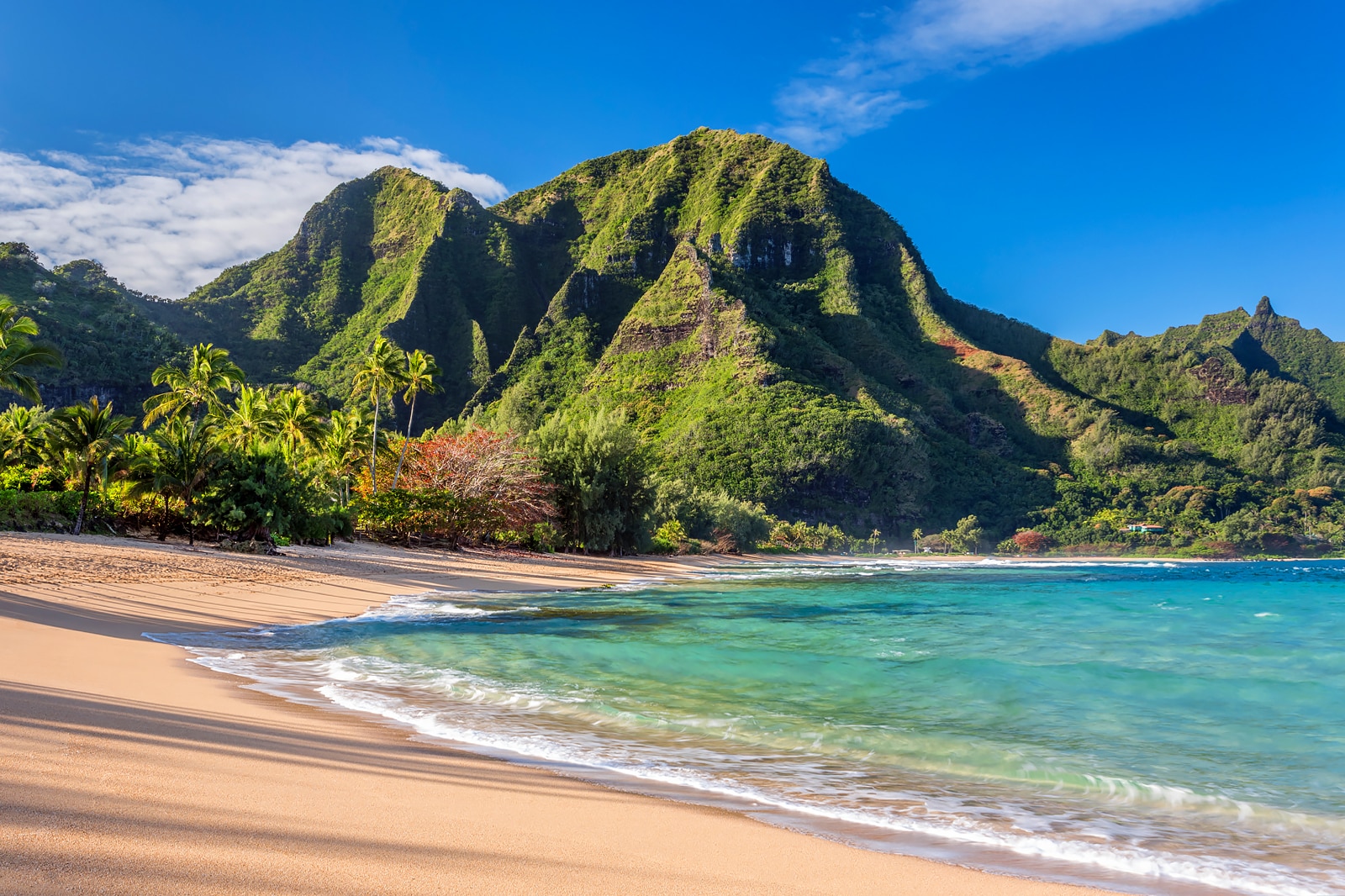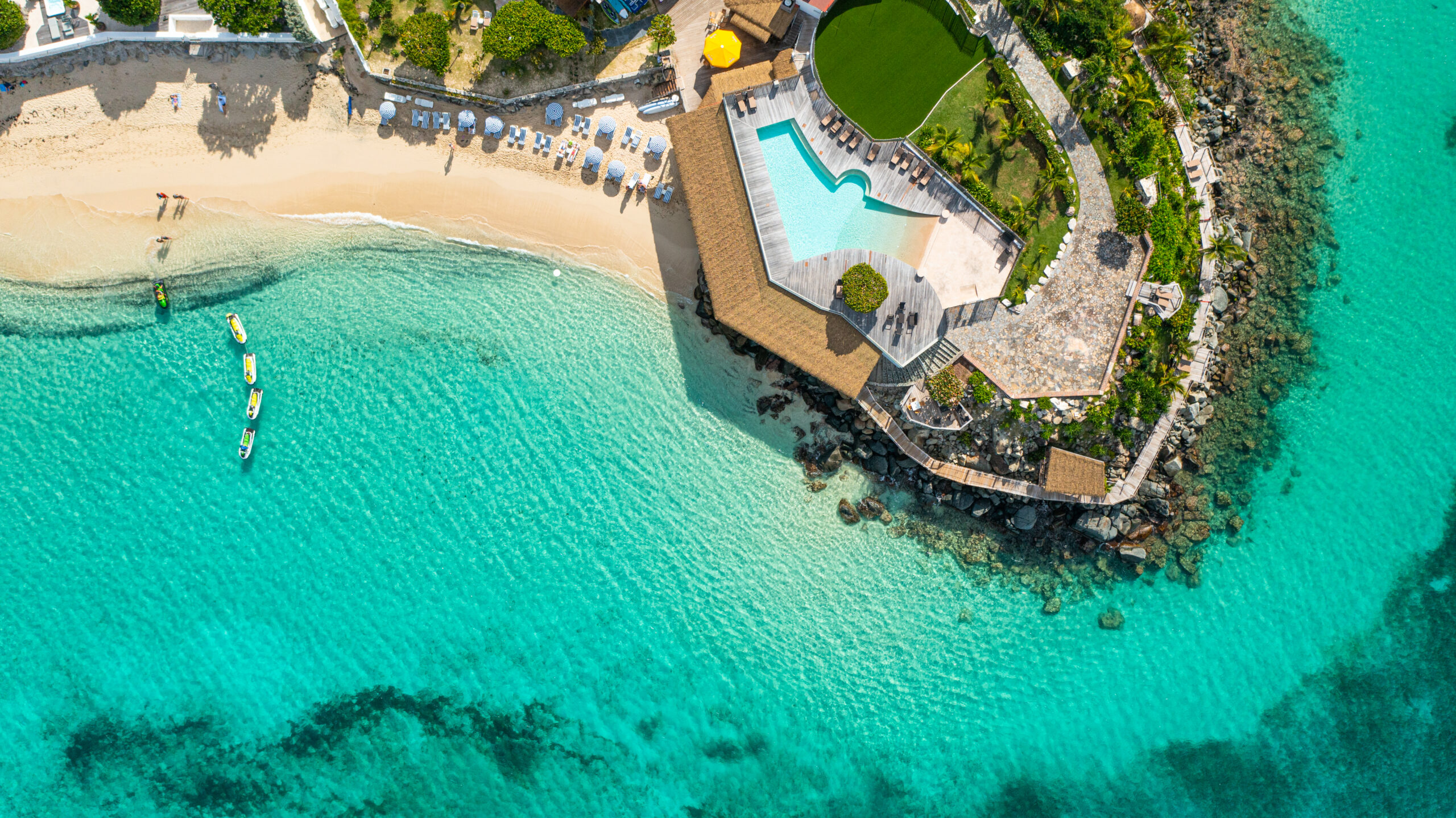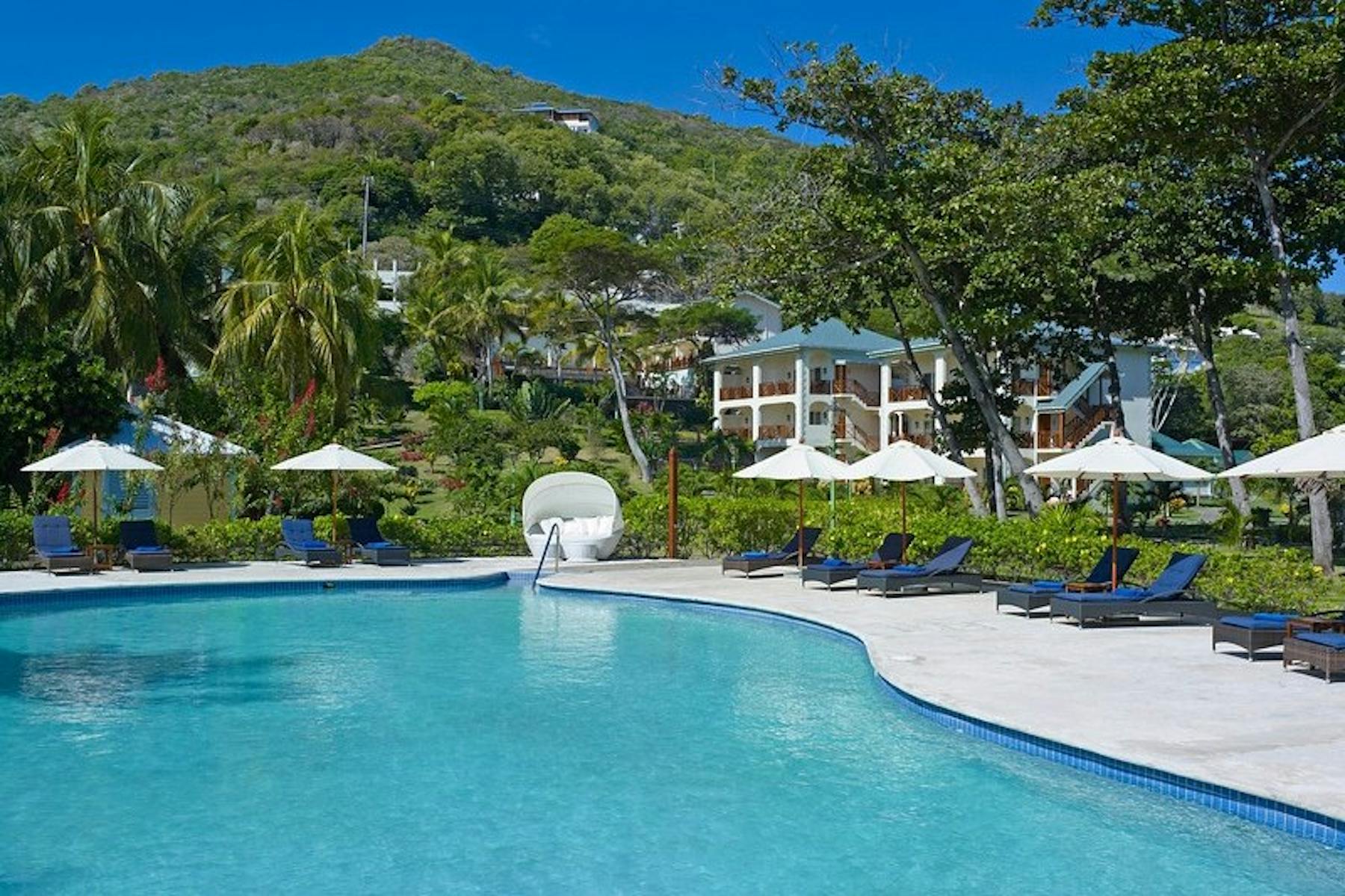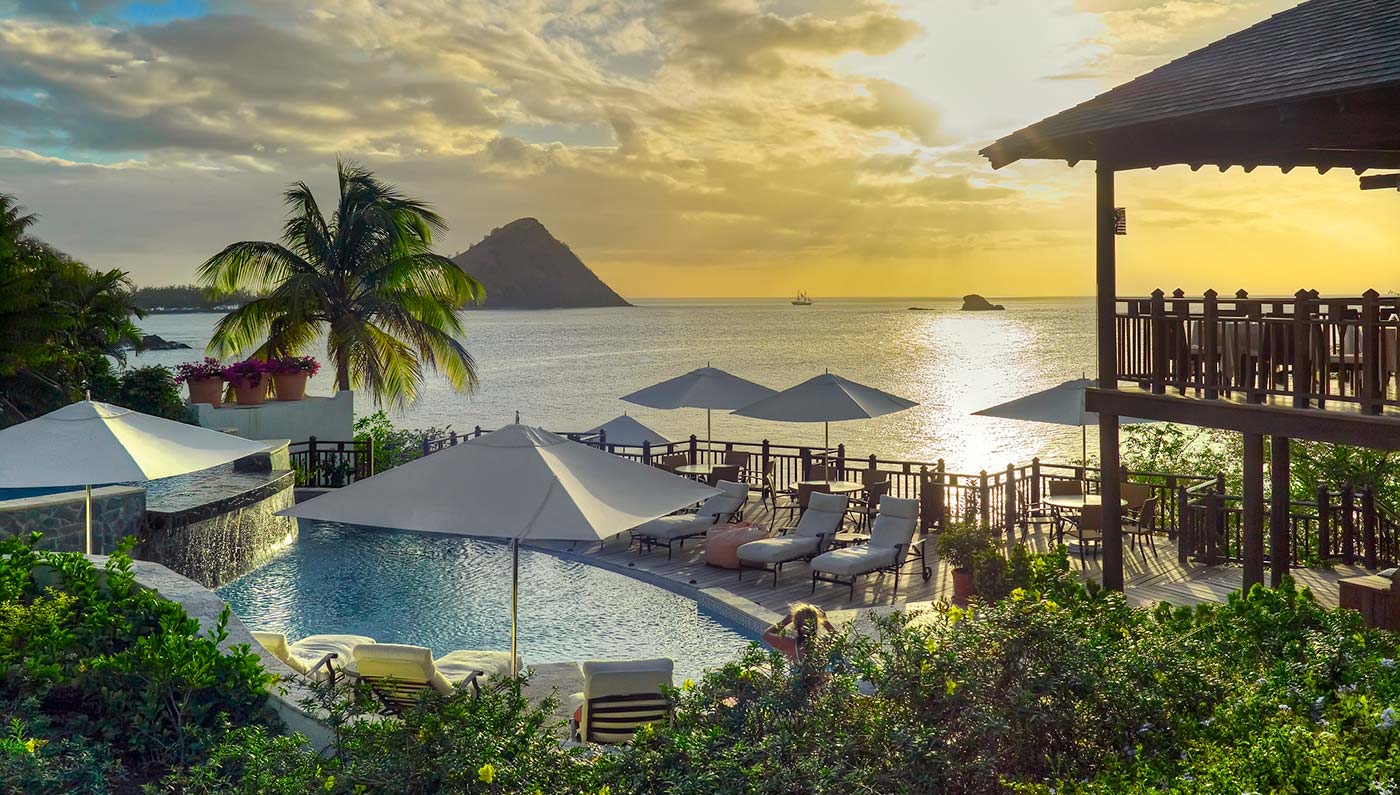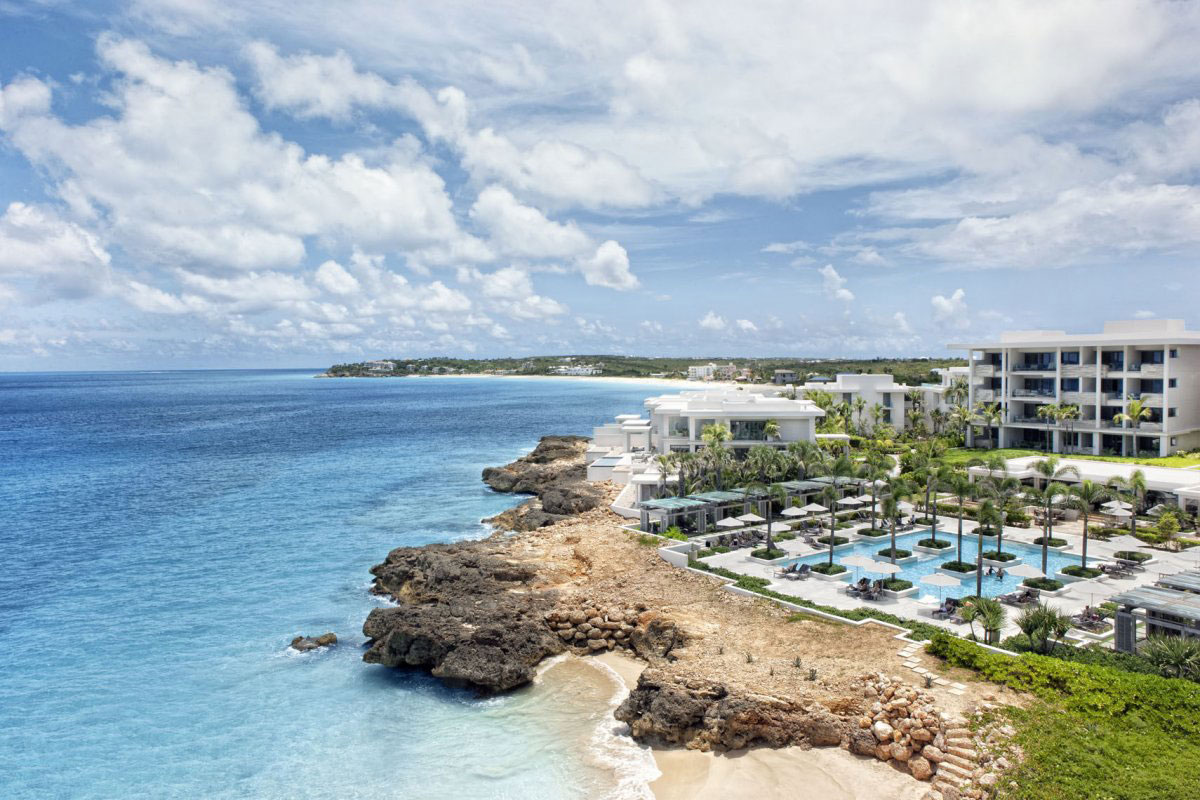Looking for the best family-friendly snorkeling at Mauna Kea Beach? This complete guide to snorkeling Mauna Kea Beach with family covers everything parents need to know — from parking tips and beach access to snorkeling safety, facilities, and the best spots for kids. Plan a safe, fun, and easy snorkeling adventure at one of Hawaii’s most beautiful Big Island beaches.
Here is everything families need to know for a safe and enjoyable snorkeling trip to Mauna Kea Beach.
Understanding Conditions at Mauna Kea Beach
Mauna Kea Beach is somewhat exposed to ocean swells, meaning that when waves are up, water clarity decreases and snorkeling becomes less enjoyable and less safe. Families are advised to check the ocean conditions before entering the water. If conditions appear rough or visibility is low, it’s best to wait for a calmer day.
Typically, mornings offer the best snorkeling conditions at Mauna Kea Beach, with smoother waters and better visibility. Parents traveling with younger children or less confident swimmers should plan their snorkeling excursions for earlier in the day.
For more tips on ocean safety with kids, visit Kiddometer’s guide to keeping kids safe at the beach.
Parking and Public Access Information
Public access to Mauna Kea Beach is available through the entrance at Mauna Kea Beach Hotel. However, parking is limited as the hotel issues only a set number of public parking passes each day.
Upon arrival at the security gate, visitors should inform the attendant that they wish to access the public beach. Arriving early is strongly recommended, particularly during weekends or peak vacation seasons. If parking is full, families may need to wait for a spot to open. Bringing a book, snacks, or games can help pass the time while waiting.
Important Tip for Families:
- Parking fills up quickly, especially in high season. Aim to arrive before 9:00 AM to secure a pass.
Walking Down to the Beach
Once parked, access to the beach requires a walk down a gently sloped paved path, about 1,100 feet long. Families bringing multiple pieces of beach or snorkeling gear should be prepared to carry everything down the hill.
Parents should also be aware that bees or wasps are occasionally spotted along the paved path, so caution is advised, particularly for children with allergies.
The restroom and shower facilities are located along this path, just before reaching the beach.
Water Entry for Snorkeling
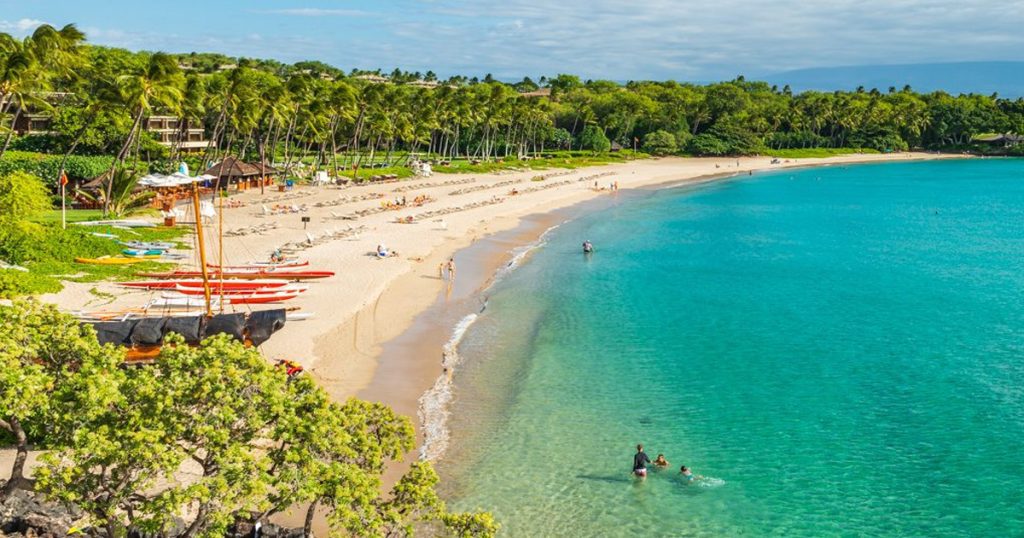
The water entry at Mauna Kea Beach is sandy and gradually sloping, making it ideal for families with kids. Snorkelers should walk barefoot into the shallow water before slipping on their fins once they are able to float. This method prevents injuries and helps preserve the beach’s natural beauty.
Both ends of the beach near the rocky points offer the best snorkeling opportunities. Families should assess wave and current conditions to decide which end is safer and more suitable on the day of their visit.
Best Areas for Snorkeling at Mauna Kea Beach
There are two main snorkeling areas at Mauna Kea Beach: the left end and the right end. Each offers a slightly different experience.
Snorkeling the Left End
The left side of Mauna Kea Beach is smaller and generally shallower, making it potentially better for younger children or novice snorkelers.
- Distance: About 750 feet swim from the beach to where the reef drops off into sand.
- Depth: Up to 20 feet.
- Conditions: Slightly lower visibility, calmer waters.
The rocky point offers some colorful fish and fun underwater rock formations. However, most of the coral in this area suffered damage from the coral bleaching events of 2014 and 2015, so live coral is limited. Families should be cautious about currents if they choose to snorkel farther around the point.
Snorkeling the Right End
If conditions permit, the right end is often the preferred snorkeling area at Mauna Kea Beach.
Families will find three interesting zones to explore:
- Rock Wall Snorkeling:
Swim along the rock wall out to the point—an 800-foot swim. Schools of tropical fish frequently gather here. - Shallow Coral Shelf:
About 300 feet out into the bay, a shallow shelf of dead coral (approximately 15 feet deep) provides additional opportunities to spot fish. - Beyond the Point:
Past the rocky point, snorkelers can explore large underwater canyons in depths of 20 to 30 feet. The area features dramatic topography and a variety of fish species.
Families should exercise caution when swimming past the point, as currents can become stronger. Visibility also tends to improve the farther out toward the point and beyond.
Snorkeling Video at Mauna Kea
Bonus: Manta Ray Sightings at Night
Visitors staying after sunset might catch a special sight: the Mauna Kea Beach Hotel shines a light into the water at night, which sometimes attracts manta rays. Families who remain at the beach into the evening should check near the right side of the beach for a chance to witness these incredible creatures feeding.
Facilities at Mauna Kea Beach
Families will appreciate the well-maintained facilities available at Mauna Kea Beach, including:
- Showers
- Restrooms
- Changing rooms
- Drinking water
- Some shaded areas for resting
These amenities make it easier for families to spend a full day enjoying the beach and snorkeling.
Final Tips for Families
- Check conditions early: Plan snorkeling sessions in the morning for calmer waters.
- Arrive early: Secure parking by getting to the gate well before mid-morning.
- Stay flexible: Choose the right or left end of the beach depending on wave and visibility conditions.
- Bring essentials: Reef-safe sunscreen, extra water, snacks, and a small first aid kit are recommended.
For more family beach guides, explore Kiddometer’s full Family-Friendly Big Island Beaches guide.

